RETRO SERIES REVIEW – In 2001, one of the most brilliant spy action thrillers of all time, starring Kiefer Sutherland, was launched, revolutionising the genre and offering a new approach to television that has never been matched. All of this is backed up by a gripping political thriller storyline that is both gripping and twisty and extremely intelligently written. 24 is one of the best series of all time, and here’s why you should watch it on Disney+ in FHD quality. What’s more, it’s a series that was a smash hit before the streaming craze was even a thing because 24 was made in the classic television era…
“Terrorists want to assassinate the presidential candidate. My wife and daughter have been kidnapped. And the people I work with could be involved in both. I’m federal agent Jack Bauer. This is the longest day of my life…”
Jack Bauer takes the stage
This was the beginning of what has since become an iconic debut in the spy thriller series starring Kiefer Sutherland as Jack Bauer, about the fictional Counter Terrorist Unit’s (CTU) efforts to protect the United States from terrorist plots. The episodes take place over the course of an hour and are presented in real-time as the events unfold. To emphasise the realism of the events, a clock is prominently displayed on screen throughout the series and split-screen, a technique used to depict multiple scenes taking place simultaneously, with several key characters, is regularly used.
Each episode typically follows Bauer, US government officials and the conspirators behind the day’s events, often simultaneously. 24 is renowned for its professionally written plot, with completely unexpected twists and turns and astonishing yet very well-embedded betrayals by characters you would never have thought of as undercover foreign agents or terrorists.
Moreover, the series was also underpinned by the tragic real-life terrorist attack of 11 September 2001, which made the viewer, through Jack Bauer, subconsciously ‘take revenge’ somewhere on the fanatical terrorists, while at the same time the betrayals – sometimes at the government level – and the enemy embedded in the CTU organisation generated a constant sense of excitement and tension, fuelled by the paranoia caused by the aforementioned real-life tragedy.
Personal tragedies, and dilemmas, especially for Bauer
In an interview, Kiefer Sutherland once said that what he liked most about the character of Jack Bauer was that, despite being a kind of super-agent, he was always at some point unable to succeed ultimately – at least without being constantly hit by personal tragedies. Of course, the often self-sacrificing federal agent usually ‘wins’ thanks to his incredible tenacity, high intellect and ingenious, almost all-seeing investigation. Still, he often has to make personal and tragic personal compromises.
A recurrent theme is that Bauer, or other characters, are often confronted with ethical dilemmas. Examples include an explosion in season 2 that can only be prevented if Bauer is exposed or an ultimatum in season 3 in which a British terrorist agrees not to carry out an attack if a high-ranking CTU officer is killed. And Season 4 is notable for a scene in which two men – one of whom is in possession of vital information – are dying in a room with only one surgeon.
How the series started
The idea for the series first came from executive producer Joel Surnow, who originally envisioned a 24-episode season of television. Each episode would be an hour long and would take place over the course of a single day. He discussed the idea over the phone with producer Robert Cochran, whose first response was, “Forget it, it’s the worst idea I’ve ever heard, it’ll never work, and it’s too hard.” The next day, they met at the International House of Pancakes in Woodland Hills, Los Angeles, to discuss the idea of this action-spy series that would use the real-time format to create dramatic tension by racing against time.
The pilot for 24 was pitched to Fox, who immediately bought it, saying they felt the idea for the series was one that would “revolutionise television”. The episode was produced on a $4 million budget and filmed in March 2001. The filming of CTU was initially shot in an office at Fox Sports, with the set reproduced as the series was filmed for the season. The series was to have been filmed in Toronto, but due to the volatility of the Canadian weather, Los Angeles was chosen as the filming location.
Critics received the series’s pilot well, and the series was contracted for an initial thirteen episodes. Filming began in July 2001, with the premiere scheduled for 30 October, but was postponed until 6 November due to the 11 September attacks. On 30 November 2001, the series was shot by Fox. After the first three episodes, Fox greenlit the remaining 11 episodes to be shot. Following Kiefer Sutherland’s Golden Globe win, Fox ordered the second half of the season.
Real-time, split-screen, countdown the clock: roughly revolutionary concepts all round
Although not the first, 24 has embraced the concept of real-time. This idea started when producer Joel Surnow had the idea of “making 24 episodes in a season, with each episode lasting an hour”. They decided that the concept of real-time was to make the series “a race against the clock.” Each episode runs for an hour, with time running longer during commercial breaks.
A digital clock display indicates the exact time at the beginning and end of each segment. Story time correlates exactly with elapsed viewing time when episodes are broadcast by inserting commercial breaks of a fixed duration at points prescribed by the episode. According to the protocol, everyday events, such as travel, sometimes occur during commercial breaks, making them largely invisible.
In line with the real-time representation of events, 24 does not use slow motion. The series also does not use flashbacks, except once in the first season finale. Viewed continuously, without commercials, each season would last approximately 17 hours. Due to the series’s timed nature, many visual cues are projected on the screen.
Another idea was the use of split screens, which was born from the number of phone calls and, because of the real-time element, was used to track the parallel adventures of different characters and to help connect the characters. The producers used this to direct viewers’ attention to where to pay attention, as secondary stories often take place outside the main plot. The idea of using boxes later made filming more flexible as the shot could be cut and reshaped within the box. From there came the idea of using split screens as an artistic element in the series.
One of the main concepts used in the series was the idea of the running clock. This originally came from Joel Surnow, who wanted viewers always to know what time it was on the fictional timeline of the series. This was made possible by an on-screen digital clock that would appear before and after commercial breaks, and a smaller clock would also appear at other points in the narrative. The time displayed is the time within the story universe. When the running clock is shown on full screen, a rhythmic, alarming sound (like the sound of a ticking time bomb) is usually heard every second. On rare occasions, a silent clock has been used – usually after the death of a protagonist, a major character or some other particularly tragic event.
Kiefer Sutherland at his best
Kiefer Sutherland was already (at a very young age) a movie star in the early eighties – thanks, of course, to his father’s career, another film legend, Donald Sutherland. However, his career took a sharp downturn from the mid-nineties onwards (due to both personal and alcohol problems), and 24 was a massive comeback for him, so much so that his career took off again after 24. Although Sutherland’s Bauer is a genuine, self-sacrificing hero whose primary concern as a federal agent is protecting human lives, he is also often forced to use incredibly dirty methods. The cruellest torture has been a recurring theme in the series and has earned him much criticism, which he has woven into the stories. But in addition to torture, Bauer is also forced to use other, often infiltrating, ‘black ops’ methods that are often morally questionable. Of course, Bauer never has a choice (he is often the only one who really sees this) because the clock is ticking, and innocent lives are at stake. It is this duality that Kiefer Sutherland portrays so stunningly well – perhaps also because of the aforementioned private turmoil – and it is precisely for this reason that he becomes endlessly sympathetic, and for this reason, we root for him, no matter what dirty methods he is forced to use or sacrifice others. Sutherland’s eyes are always filled with immense desperation, despair and hopelessness at his own screwed-up life, while he is physically very much there during the action scenes. The JB monogram reminds me of James Bond, of course, but while for the 007 agent, his films almost always end with a happy ending (we’ll leave the last film for now…), the other JB: Jack Bauer is a true “film noir” hero who always sucks and this character Sutherland flawlessly adds to.
But similar good things can be said about the antagonists of all the seasons, as among others, stars like Dennis Hopper, Jon Voight or Arnold Vosloo played the fanatical, always blinded by some ideology, blind arch-villains. You’ll hate 24’s “villains” and will be on pins and needles waiting for Jack to shoot them – partly because of the flawless performances and the professional script.
Each season will nail you to the screen
There’s so much more to analyse from 24, with 192 episodes in 10 seasons, all of which are gripping and professional in every way (acting, story, visuals, action). Don’t try to “binge it” in a row because you can get really hooked on it, but 24 should be savoured like a good wine because even though we are full of better and better modern series, in the more than 20 years that have passed, nothing like 24 has been made.
-BadSector-
24
Direction - 9.6
Actors - 9.4
Story - 9.8
Visuels/Action - 9.5
Ambience - 9.8
9.6
MASTERPIECE
There's so much more to analyse from 24, with 192 episodes in 10 seasons, all of which are gripping and professional in every way (acting, story, visuals, action). Don't try to "binge it" in a row because you can get really hooked on it, but 24 should be savoured like a good wine because even though we are full of better and better modern series, in the more than 20 years that have passed, nothing like 24 has been made.

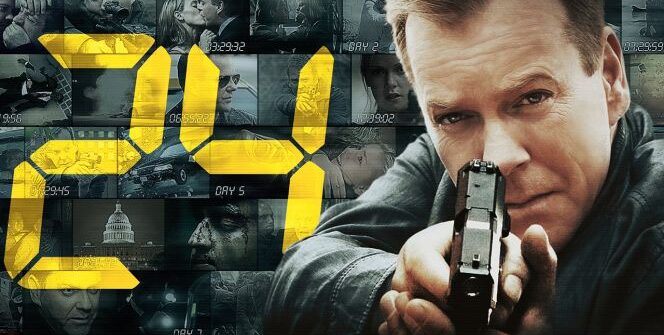
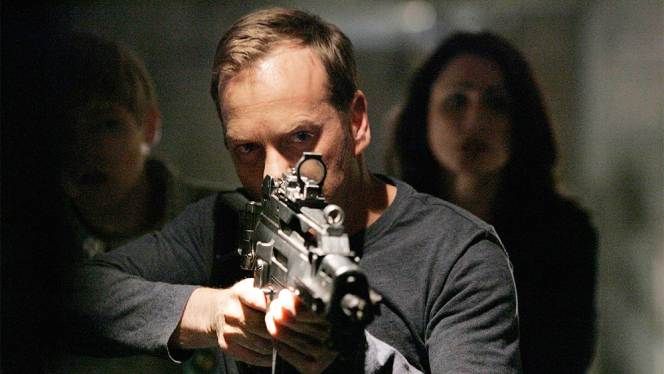
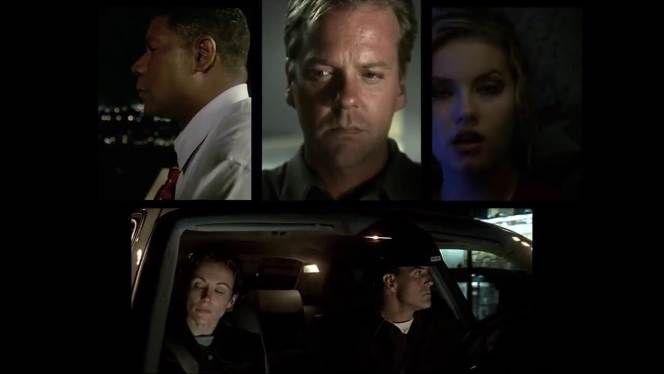
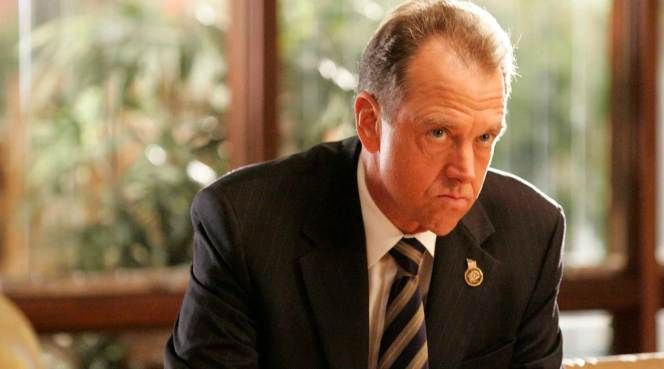
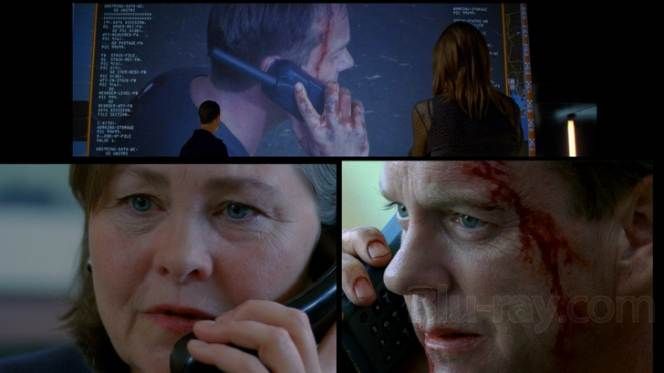
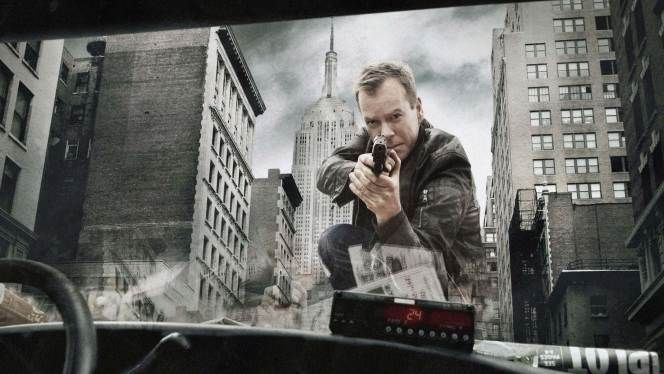


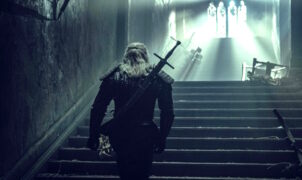
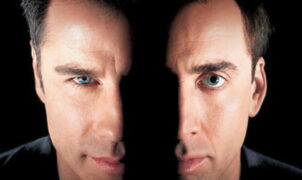


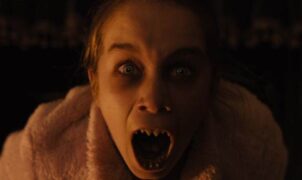
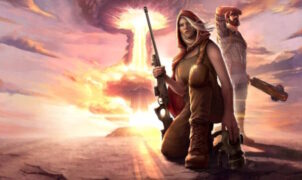
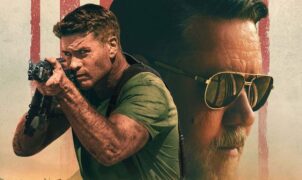
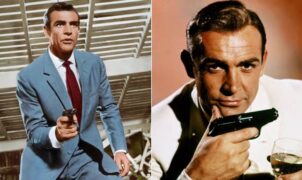


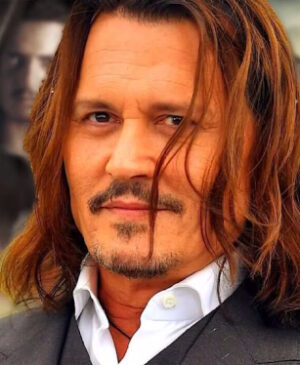
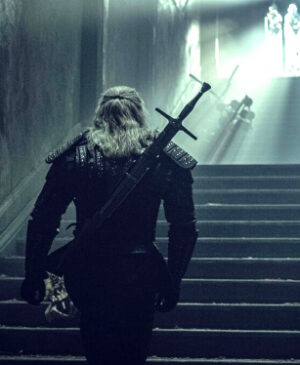
Leave a Reply